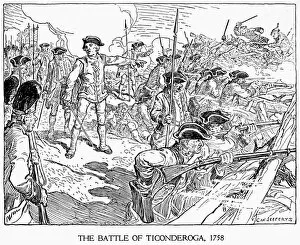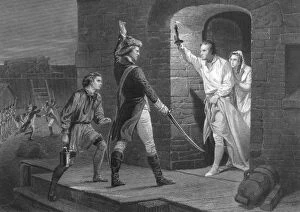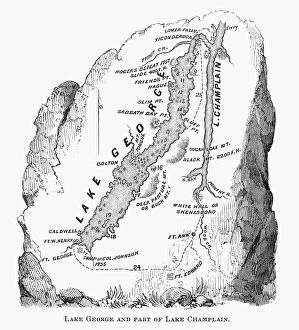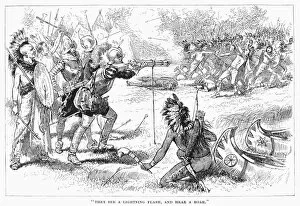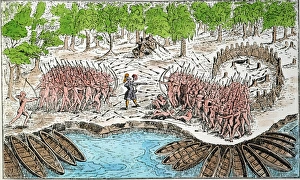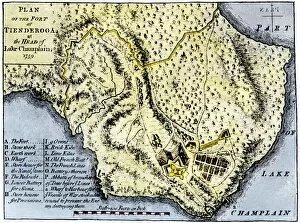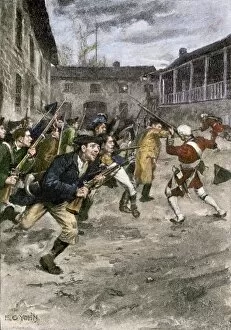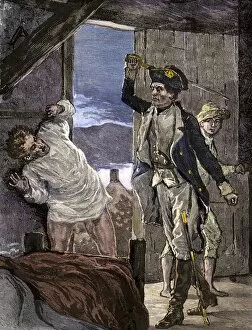Fort Ticonderoga Collection
Fort Ticonderoga, located in the Adirondack Mountains of New York, holds a significant place in American history
All Professionally Made to Order for Quick Shipping
Fort Ticonderoga, located in the Adirondack Mountains of New York, holds a significant place in American history. It witnessed pivotal moments during the French and Indian War as well as the American Revolutionary War. In 1758, during the French and Indian War, Marquis de Montcalm and his French troops successfully defended Fort Ticonderoga against British forces. The ruins of this historic fort still stand today, serving as a reminder of its storied past. Fast forward to 1775 when Fort Ticonderoga fell into American hands. This victory was made possible by Colonel Henry Knox's arrival with artillery that he transported from Lake George. These cannons played a crucial role in securing the fort for the Continental Army. The strategic location on Lake Champlain allowed it to control access between Canada and New England. Its significance continued even after its capture by Americans, with gunpowder from the fort being brought to Boston in 1775. Thomas Abiel Prior's artwork from 1859 provides us with a perspective view of Lake George during that time period. It showcases not only the natural beauty surrounding Fort Ticonderoga but also highlights its importance as a military stronghold. Today, visitors can explore these historic ruins and learn about their role in shaping America's fight for independence. The cannons scattered throughout serve as reminders of their once mighty presence. Fort Ticonderoga stands tall amidst nature's splendor within the Adirondack Mountains—a testament to our nation's rich history and resilience.





